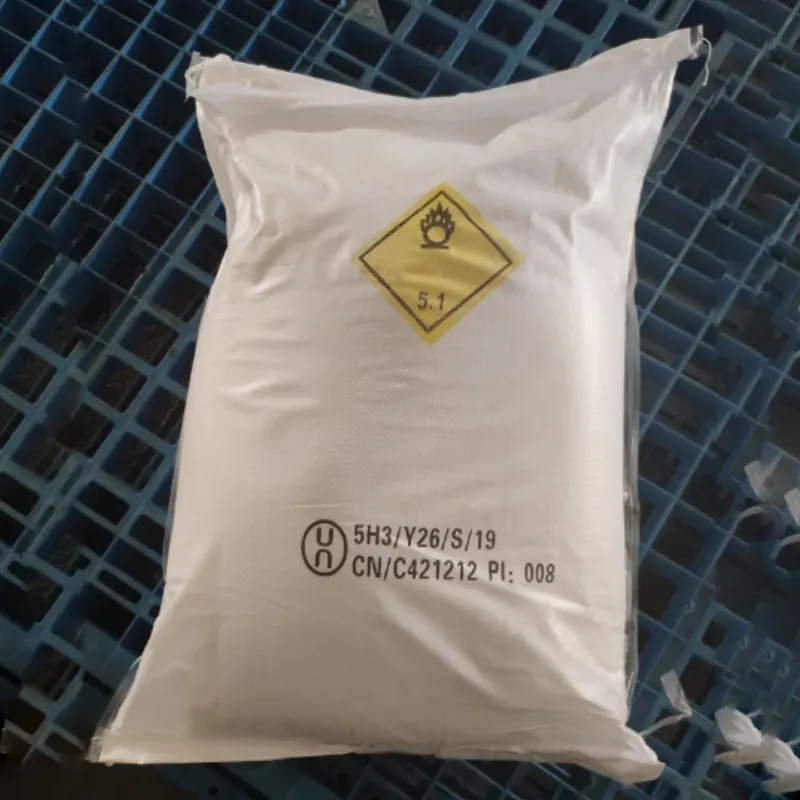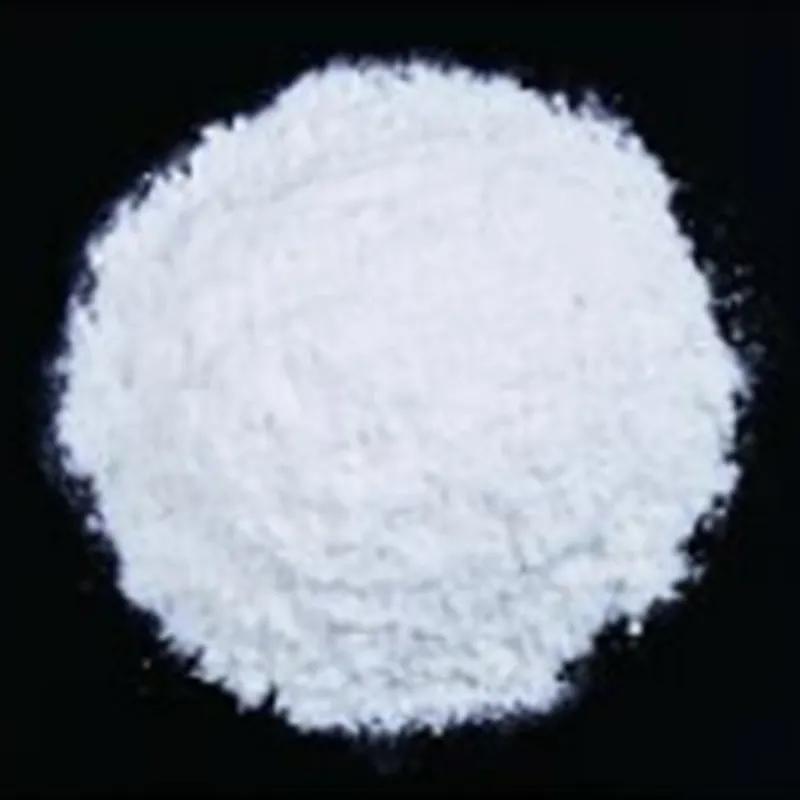
Isopropyl Ethanol Cleaner for Electronics & Ultrasonic Tanks High-Purity Solvent
Article Outline:
- Understanding Isopropyl Alcohol Fundamentals
- Technical Advantages in Modern Applications
- Manufacturer Comparison for Quality Assurance
- Custom Formulations for Industry-Specific Needs
- Ultrasonic Cleaning: Performance Optimization
- Industrial Application Case Studies
- The Future of Isopropyl Alcohol Technology

(isopropyl ethanol)
Understanding Isopropyl Alcohol Fundamentals
Isopropyl alcohol, commonly referred to as isopropyl ethanol
or IPA, represents one of the most versatile solvents in industrial applications. Chemically designated as C₃H₈O, this secondary alcohol features a hydroxyl group attached to a propane backbone, resulting in exceptional solvency power. The molecular structure enables rapid evaporation (evaporation rate of 1.7, where butyl acetate = 1) and moderate polarity, making it ideal for dissolving oils, resins, and various organic compounds. Modern production follows catalytic hydrogenation of acetone or hydration of propylene, with global production exceeding 2.5 million metric tons annually.
Purity grades range from technical grade (90-95%) to semiconductor/medical grades (99.9%+). Density stabilizes at 0.786 g/cm³ at 20°C, while boiling point remains at 82.6°C. Aqueous solutions demonstrate effectiveness down to concentrations of 60-70% against microbial threats. Recent EU REACH regulations mandate stricter control of VOC emissions, driving innovation in solvent-recapture systems. Material compatibility issues primarily concern polystyrene and polycarbonate – surfaces requiring alternative cleaning solutions.
Technical Advantages in Modern Applications
Isopropyl alcohol dominates solvent applications due to balanced volatility and wetting characteristics. Its moderate evaporation rate ensures sufficient working time without leaving residues, outperforming alternatives like acetone in plastics compatibility and ethanol in grease removal efficiency. Surface tension measurements (21.7 mN/m at 20°C) promote exceptional penetration into micro-structures, critical for electronic assemblies and precision optics. Industrial tests demonstrate fingerprint removal efficiency at 97.3% compared to heptane's 82%.
Anti-microbial performance remains effective without toxic heavy metals or phenolic compounds. Data from clinical studies shows 99.99% reduction in microbial load at 60% concentration within 30 seconds. Low electrical conductivity (35 µS/cm) prevents circuit damage during electronics cleaning, while compatibility with UV-Vis spectroscopy avoids analytical interference. Environmental biodegradability exceeds 90% within 28 days per OECD 301F standards, though flashpoint concerns (13°C) necessitate explosion-proof equipment.
Manufacturer Comparison for Quality Assurance
Quality variations significantly impact performance in critical applications:
| Manufacturer | Purity Grade (%) | Water Content (ppm) | Metal Impurities (ppb) | VOC Certification | Price/Tonne ($) |
|---|---|---|---|---|---|
| Dow Chemical | 99.9+ | < 300 | < 50 | CARB/EPA Compliant | 1,680 |
| LyondellBasell | 99.7 | < 500 | < 120 | Partial Compliance | 1,420 |
| INEOS | 99.95 | < 200 | < 25 | Global Compliance | 1,890 |
| Regional Suppliers | 95-99.5 | 1,000-5,000 | 200-1,000 | Non-Compliant | 900-1,200 |
Semiconductor applications demand sub-50ppb metal content to prevent silicon wafer contamination during fabrication. ISO Class 5 manufacturing facilities employ closed-loop distillation achieving purity beyond 99.999%. Vapor degreasing applications require anhydrous grades with water content under 0.01%, crucial for preventing hydrogen embrittlement in aerospace components. Third-party validation like USP <797> certification remains mandatory for pharmaceutical applications.
Custom Formulations for Industry-Specific Needs
Industrial solutions incorporate performance additives meeting application-specific requirements:
Electronics Manufacturing: Chelating agents (EDTA derivatives at 0.2-0.5%) prevent metal redeposition during PCB cleaning. Dielectric formulations blend with HFE solvents to achieve fire suppression capabilities without compromising solvency. Recent innovations include nanoparticle suspensions that leave anti-static coatings after evaporation.
Medical Device Processing: Stabilized solutions maintain bactericidal efficacy for 3+ years through nitrate buffers. Pre-saturated wipes feature viscose/polyester blends engineered to deliver 1.8mL ±0.1mL IPA/cm² without dripping. EU MDR compliance requires complete formula disclosure and biocompatibility testing (ISO 10993).
Automotive Finishing: Fast-evaporating blends with methyl ethyl ketone provide <15-second flash times between coating layers. Corrosion inhibitors prevent flash rusting during metal preparation while maintaining conductivity below 5µS/cm. Sustainability demands drive development of bio-based co-solvents reducing VOC content by 30-40%.
Ultrasonic Cleaning: Performance Optimization
Isopropyl alcohol in ultrasonic cleaner systems amplifies cavitational efficiency by 50% compared to aqueous solutions. The low viscosity allows more efficient transmission of 25-400kHz frequencies, creating implosion pressures exceeding 1,000 atmospheres that dislodge microparticles down to 0.1 micron. Solution temperatures between 40-50°C optimize both solvent power and cavitation intensity. Closed-loop systems recover >90% solvent via fractional condensation, reducing consumption by 75% versus immersion cleaning.
Laboratory data demonstrates that 80% IPA solutions remove flux residues 3x faster than terpene alternatives. Density gradients prevent particulate redeposition during rinse cycles, critical for medical implant cleaning. Compatibility studies confirm no degradation of elastomers or optical coatings below 60°C. Safety protocols require oxygen concentration monitoring below 10% LEL when processing volumes exceeding 50 liters. Isopropyl alcohol is essential in achieving Class 5 cleanliness per IEST-STD-CC1246 standards.
Industrial Application Case Studies
Aerospace Component Manufacturing: Turbine blade manufacturer implemented vapor degreasing with USP-grade IPA, reducing contamination-related rejections from 8.2% to 0.7% within six months. Production throughput increased 22% after eliminating aqueous rinsing stages. Annual solvent savings exceeded $250,000 through activated carbon recovery systems.
Microelectronics Assembly: Semiconductor producer achieved 99.999% particulate-free surfaces using heated IPA ultrasonics. Automated inline systems process 2,200 wafers/hour with ionic contamination below 0.56 µg/cm² (versus 10 µg/cm² with CFC systems). Yield improvements generated $1.2M additional quarterly revenue.
Pharmaceutical Packaging: Vial sterilization process switched to 70% IPA misting, maintaining <10 cfuml environmental contamination levels. validated microbial reduction met usp <1116> Category D requirements. 23% reduction in sterilization cycle times decreased equipment footprint by 30%.
The Future of Isopropyl Alcohol Technology
Bio-sourced production pathways utilizing renewable feedstocks gain traction, with Genomatica's fermentation process achieving 99% pure renewable IPA at pilot scale. Anti-microbial nanotechnology integrates zinc oxide nanoparticles to create residual protection after evaporation. Aerospace developments focus on hyperazeotropic formulations that prevent condensation at 30,000 ft.
Advanced recovery systems combine pervaporation membranes with fractional freezing to achieve 99.99% purity at half the energy cost of traditional distillation. Semiconductor Roadmap projections indicate sub-15nm process nodes will require molecular distillation producing IPA with fewer than 5 ppb total impurities. Regulatory changes drive vapor suppression formulations that reduce workplace airborne concentrations below 20ppm TWA. Emerging photonics applications utilize high-purity isopropyl ethanol as immersion fluid in EUV lithography.

(isopropyl ethanol)
FAQS on isopropyl ethanol
Q: What is isopropyl ethanol?
A: Isopropyl ethanol, commonly known as isopropyl alcohol (IPA), is a colorless, flammable chemical compound (C₃H₈O) used as a disinfectant and solvent. It evaporates quickly and effectively kills bacteria, viruses, and fungi. Many industries use it for cleaning electronics and medical equipment due to its low toxicity.
Q: Can isopropyl alcohol be used in ultrasonic cleaners?
A: Yes, isopropyl alcohol is frequently used in ultrasonic cleaners for deep-cleaning delicate items like jewelry, optical lenses, and electronic components. Always ensure good ventilation and avoid high concentrations (>70%) to prevent flammability risks. Check manufacturer guidelines before using IPA as a solvent in ultrasonic systems.
Q: Is isopropyl alcohol the same as ethanol?
A: No, isopropyl alcohol (C₃H₈O) and ethanol (C₂H₅OH) are distinct chemical compounds with different properties. IPA is a secondary alcohol primarily used for disinfection and industrial cleaning, while ethanol is a primary alcohol common in beverages, fuels, and antiseptics. Both have similar solvent capabilities but vary in toxicity and evaporation rates.
Q: What are common applications of isopropyl alcohol?
A: Isopropyl alcohol serves as a versatile disinfectant in healthcare, electronics cleaner for circuit boards, and stain remover in households. It's also essential in manufacturing for degreasing metal parts and preparing surfaces for coatings. Additionally, diluted IPA solutions sterilize skin before medical injections.
Q: Is isopropyl alcohol safe for skin contact?
A: Brief skin contact with diluted isopropyl alcohol (60–70%) is generally safe for disinfection but can cause dryness or irritation with prolonged use. Never apply undiluted IPA to skin or sensitive areas like eyes. Always use gloves and ensure proper ventilation to avoid inhalation hazards.
-
Water Treatment Chemicals for Industrial ProcessesNewsAug.07,2025
-
Unlocking the Secrets of Ammonium Bicarbonate in Traditional BakingNewsAug.07,2025
-
Monosodium Glutamate Seasoning for Stock EnhancementNewsAug.07,2025
-
Enhancing Dimethyl Disulfide Solubility with Green SolventsNewsAug.07,2025
-
Aspartame Safety: Current Research and RegulationsNewsAug.07,2025
-
Aluminum Hydroxide Antacid and Nutrient Absorption ImpactNewsAug.07,2025
-
1,2,3-Benzotriazole: The Unsung Hero of Industrial Chemical InnovationNewsAug.07,2025
Hebei Tenger Chemical Technology Co., Ltd. focuses on the chemical industry and is committed to the export service of chemical raw materials.
-

view more DiethanolisopropanolamineIn the ever-growing field of chemical solutions, diethanolisopropanolamine (DEIPA) stands out as a versatile and important compound. Due to its unique chemical structure and properties, DEIPA is of interest to various industries including construction, personal care, and agriculture. -

view more TriisopropanolamineTriisopropanolamine (TIPA) alkanol amine substance, is a kind of alcohol amine compound with amino and alcohol hydroxyl, and because of its molecules contains both amino and hydroxyl. -

view more Tetramethyl Thiuram DisulfideTetramethyl thiuram disulfide, also known as TMTD, is a white to light-yellow powder with a distinct sulfur-like odor. It is soluble in organic solvents such as benzene, acetone, and ethyl acetate, making it highly versatile for use in different formulations. TMTD is known for its excellent vulcanization acceleration properties, which makes it a key ingredient in the production of rubber products. Additionally, it acts as an effective fungicide and bactericide, making it valuable in agricultural applications. Its high purity and stability ensure consistent performance, making it a preferred choice for manufacturers across various industries.











